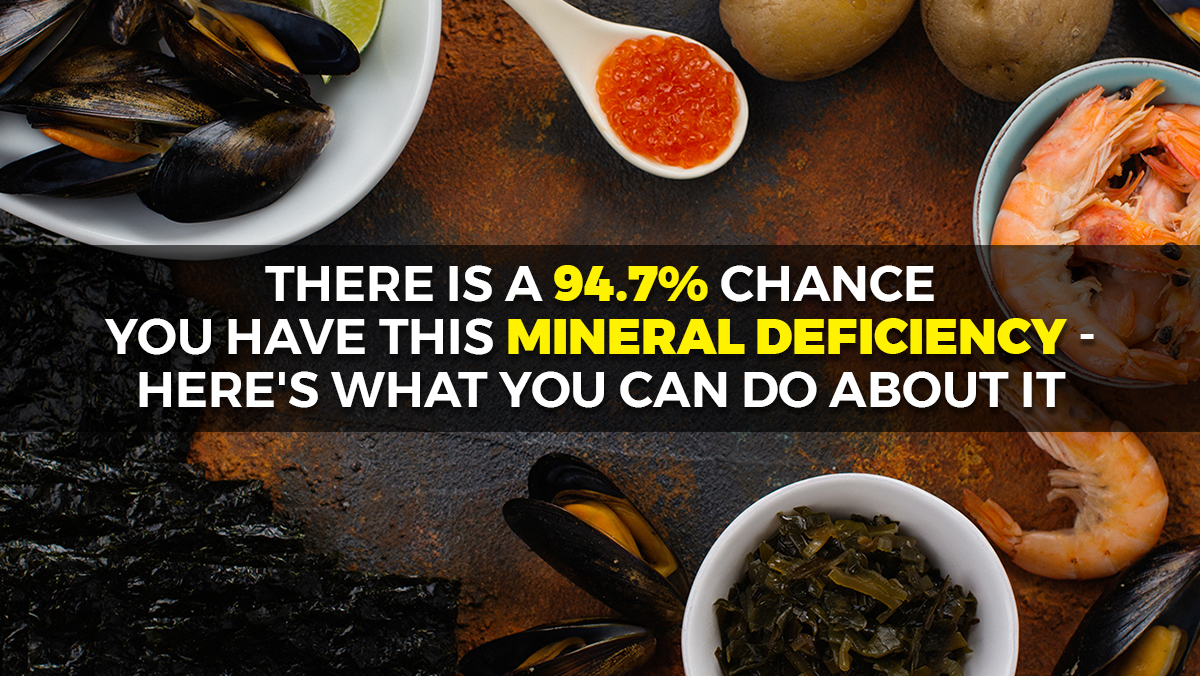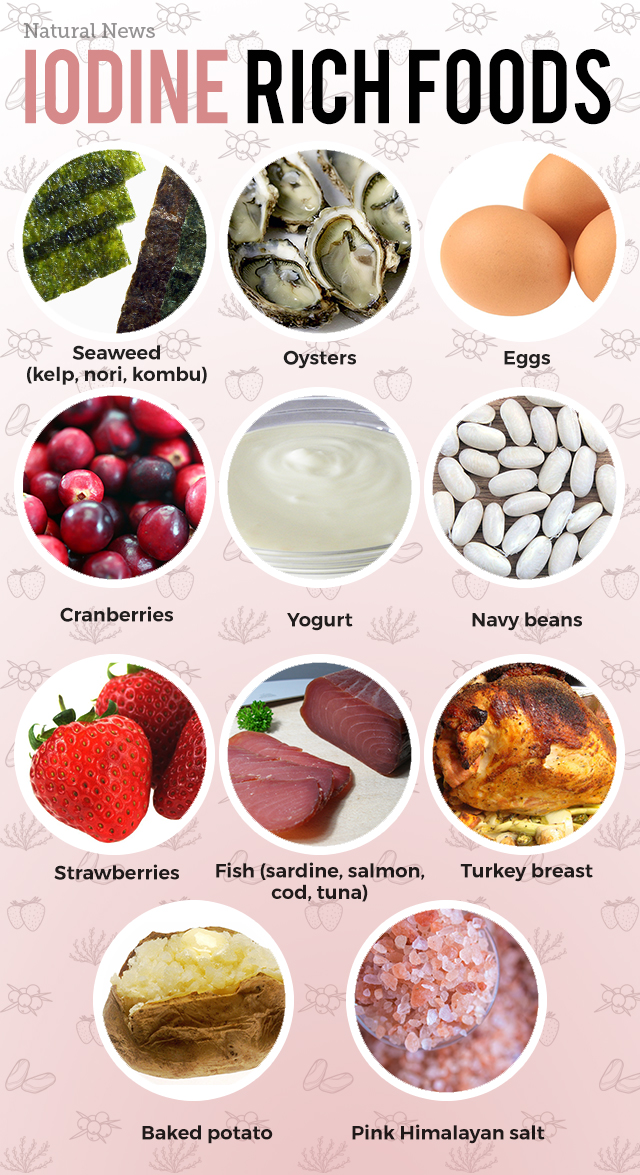
But what about iodine?
Due to the increasing prevalence of thyroid related concerns, iodine is starting to share the spotlight with it's more popular counterparts due to it's importance for rejuvenating thyroid health, and much more. What's even more important to realize is that according to Dr. Brownstein, author of the book Iodine: Why You Need It, Why You Can't Live Without It, 94.7 percent of 500 patients he tested were deficient in inorganic iodine! That's an astonishingly high number, that will come with dire health consequences.
So with thyroid concerns becoming commonplace, and so many people showing a deficiency, it becomes prudent to consider iodine rich foods and supplementation. However, there are caveats to these considerations, which I will go into further below.
The importance of iodine for the body
Iodine has received a bad rap with respect to safety, even though it is generally one of the safest minerals to ingest supplementally. Of course, this doesn't mean you recklessly take it without understanding your personal health situation through your own research and a health professional's guidance.
Iodine is heavily concentrated in the thyroid, salivary glands, brain, cerebrospinal fluid, gastric mucosa, breasts, ovaries, eyes, and skin. Knowing this, any iodine deficiency could fail to properly support hormonal, brain, eye, skin, and metabolic health.
For a more complete list of iodine deficiency symptoms, read this article.
Iodine deficiency can occur for a number of reasons, including poor soil conditions and unfavorable food and beverage choices that deplete iodine stores, like fluoridated water.
How does this happen? NaturalNews.com explains:
"Fluoride and iodine are both halogens. Fluoride, the negative ion of the element fluorine, easily displaces iodine in the body because it is much lighter and therefore more reactive. In fact, the activity of any one of the halogens (Iodine 126.70, Bromine 79.90, Chlorine 35.45, Fluorine 18.99 are the most common) is inversely proportional to its atomic weight. In other words, one halogen can displace another one of a higher atomic weight but cannot displace one of lower weight."
Fluoride can be commonly found in water supplies, dental hygiene products, breakfast cereals, juices from concentrate, soda, and processed foods. Chances are you have been exposed to one of these, if not all of them throughout your life.
So how do you get back on track with your iodine levels so you can improve your health in these areas? Let's start with food.
Food sources of iodine
There are a few good sources of iodine rich foods, and no, iodized salt is not one of them due to poor bioavailability and toxic components added to it as anti-caking agents (such as aluminum). To get a good food source of iodine, consider clean sources of the following:
- Seaweed (kelp, nori, kombu, etc)
- Oysters
- Eggs
- Cranberries
- Yogurt
- Navy beans
- Strawberries
- Fish (sardine, salmon, cod, tuna)
- Turkey breast
- Baked potato
- Pink Himalayan salt

Choosing foods from this list that fit your dietary guidelines is the foundation to improving an iodine deficiency, but is it enough? Unfortunately, it isn't in many cases.
Some guidelines when supplementing with iodine
Before you go supplementing with iodine, understand that those with hyperthyroid (overactive thyroid) can have a negative reaction to increased levels of iodine, and some may even be sensitive to iodine rich foods. Hypothyroid sufferers could also have this reaction, albeit it appears much less likely than those with hyperthyroid. Either way, excessive consumption of iodine can adversely affect thyroid health by inhibiting the synthesis of thyroid hormone, so it's important to not overdo it for your personal situation.
The generally safe recommendation for iodine supplementation is up to 500 mcg daily. At the advice of a knowledgeable health care professional, that generally suggested dose could be much higher depending on your health situation. If you believe or find out you do need more iodine, go for a source that is pure and more likely to be assimilated, like the Health Ranger's Nascent Iodine.
Iodine deficiency may be the next recognized epidemic and cases related to it are certainly showing it as a major area of concern, so make sure you take appropriate action so you don't suffer the consequences of this critically required mineral.
Sources include:
Please contact us for more information.



















